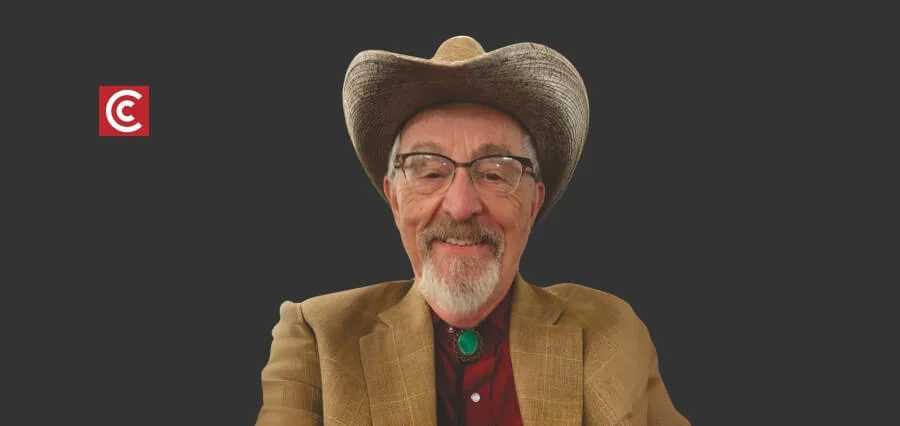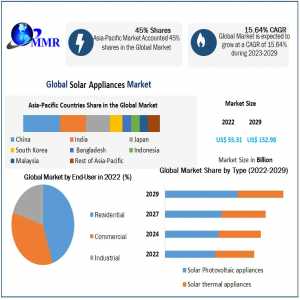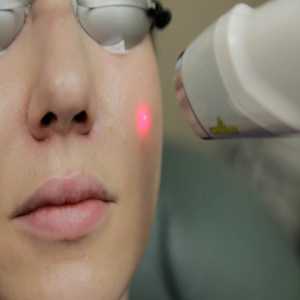
Richard C. Larson: A Life Of Curiosity, Compassion, And Impact

Richard C. Larson’s life is proof that intellectual curiosity, when paired with purpose, can shape cities, classrooms, and futures. Known worldwide as a pioneer in operations research, an innovator in education technology, and a devoted mentor, Larson’s story is as much about people as it is about mathematics or models. His career spans over five decades at MIT, but his influence stretches far beyond academia—into emergency response systems, international classrooms, and the lives of students who continue to carry his lessons forward.
Curiosity as a Way of Life
For Larson, learning has never been confined to textbooks or lecture halls—it is a daily habit, a constant companion. He often echoes Einstein’s reminder that “a day without learning is a day wasted.” That philosophy has guided him since his early years in Needham, Massachusetts, through his rise at MIT, and even into retirement.
Breakthroughs, he admits, sometimes came not in the lab but in dreams. Twice, his subconscious delivered solutions to stubborn research problems, including the Hypercube Queueing Model, now a standard for optimizing urban emergency services. These moments capture Larson’s view of curiosity: not as a switch you turn on and off, but as a state of being that continually shapes how you see the world.
The Educator’s Heart
Though Larson is recognized for scholarly achievements, his true passion has always been teaching and mentoring. “Teaching is not just about conveying information; it’s about inspiring curiosity and critical thought,” he says.
As a professor, he thrived on collaboration, guiding students like Kent Colton and Maia Majumder toward careers of impact. He viewed mentorship as a two-way process—students weren’t only learning from him; they were co-creators, often producing groundbreaking research together. Many of those students now lead in academia, government, and industry, carrying with them the culture of inquiry he cultivated.
Larson’s emphasis was never on rote knowledge but on model thinking—using conceptual frameworks to solve real-world problems. This mindset became central not only to his classes but also to his later projects, like his book MODEL THINKING For Everyday Life, which brings the same problem-solving skills to a broader audience.
Expanding Education Beyond MIT
While teaching at MIT was fulfilling, Larson believed that the benefits of high-quality education should not stop at the walls of elite universities. In 1995, he became Director of MIT’s Center for Advanced Educational Services (CAES), transforming it into an incubator for digital learning.
Two initiatives, in particular, became hallmarks of his global educational vision:
-
MIT BLOSSOMS: Developed with his late wife, Mary Elizabeth Murray (“Liz”), BLOSSOMS created free, interactive STEM lessons for secondary schools worldwide. These modules weren’t just videos—they were designed to pause for discussion, sparking hands-on learning and encouraging teachers to be active partners. Today, BLOSSOMS is used globally, particularly in underserved communities.
-
LINC (Learning International Networks Consortium): Founded in 2002, LINC convened educators, policymakers, and innovators from over 25 countries to explore how technology could bridge educational gaps. It became a platform for global dialogue, policy influence, and collaboration across cultures.
For Larson and Liz, these projects were more than professional ventures—they were acts of service, grounded in a shared belief that education should be an equalizer.
Love, Partnership, and Shared Purpose
Behind Richard Larson’s achievements was a personal partnership that deeply shaped his professional journey. He and Liz married in 1979 and spent decades building not just a life together, but a legacy of educational equity. Liz played a central role in BLOSSOMS and Larson’s consulting firm, ENFORTH Corp., and often joined him in international collaborations.
At a memorable event in Saudi Arabia, Liz’s confident address to a large audience highlighted their shared mission: bringing quality education to those who need it most. Her passing in 2022 was a profound loss, yet her presence endures in every classroom BLOSSOMS reaches and every student inspired by their vision.
Lessons from Setbacks
Larson’s journey wasn’t without humbling moments. As a young teaching assistant, he once stumbled over a student’s question that exposed a gap in his knowledge. Instead of discouragement, it became a turning point—he committed to deeper preparation and clarity, values that shaped his teaching for decades.
This openness to vulnerability is central to Larson’s philosophy. Mistakes, he insists, are not failures but opportunities for growth. That humility made him approachable, whether to students seeking advice or colleagues working on collaborative projects.
Sustaining Impact Through Giving
Even after stepping back from daily academic life, Larson’s commitment to educational equity remains strong. His support for Notre Dame Cristo Rey High School and the creation of the Larson Faculty Chair at MIT’s Institute for Data, Systems, and Society ensure that his vision for model-based, socially impactful research continues.
For him, philanthropy is not charity but investment—an investment in intellectual infrastructure that empowers future generations.
Looking Ahead: Education in the Age of AI
Larson continues to engage with the pressing challenges of modern education. Among them is the rise of Artificial Intelligence. He acknowledges its potential but warns against over-reliance, particularly when students use it to bypass critical thinking.
His vision for the future balances technology with timeless values: curiosity, ethical reasoning, and human insight. “Machines may process information,” he says, “but it is people who give it meaning.”
Final Reflections
When asked what advice he would leave for future educators and researchers, Richard Larson distills decades of experience into a simple phrase: “Follow your learning passions.”
It is advice he himself lived by—from modeling urban emergency services to designing global education networks. His story reminds us that the most enduring legacies come not from accolades or titles, but from a relentless pursuit of knowledge coupled with a deep commitment to serve others.
Richard C. Larson’s life, shaped by curiosity, love, and impact, shows that learning—when guided by purpose—can change the world.
Read More: https://thecioconnectmedia.com/lifelong-curiosity-enduring-impact-richard-larsons-legacy-in-education-innovation-and-human-progress/
Author Bio
Article Comments
No Comments!
At present there are zero comments on this article.
Why not be the first to make a comment?
Similar Articles
Search Pages
User Upgrade
account to full use of editor,
Including hyperlinks
Article Categories
There are zero sub-categories in this parent category.
There are zero sub-categories in this parent category.

















